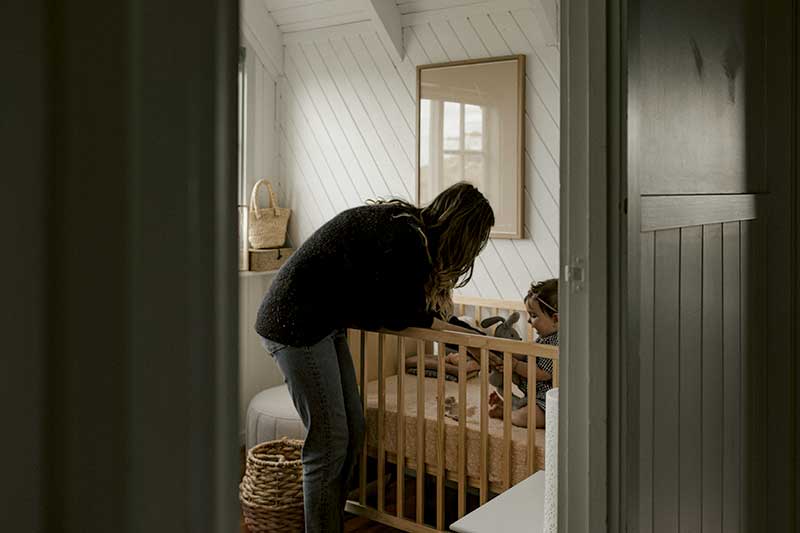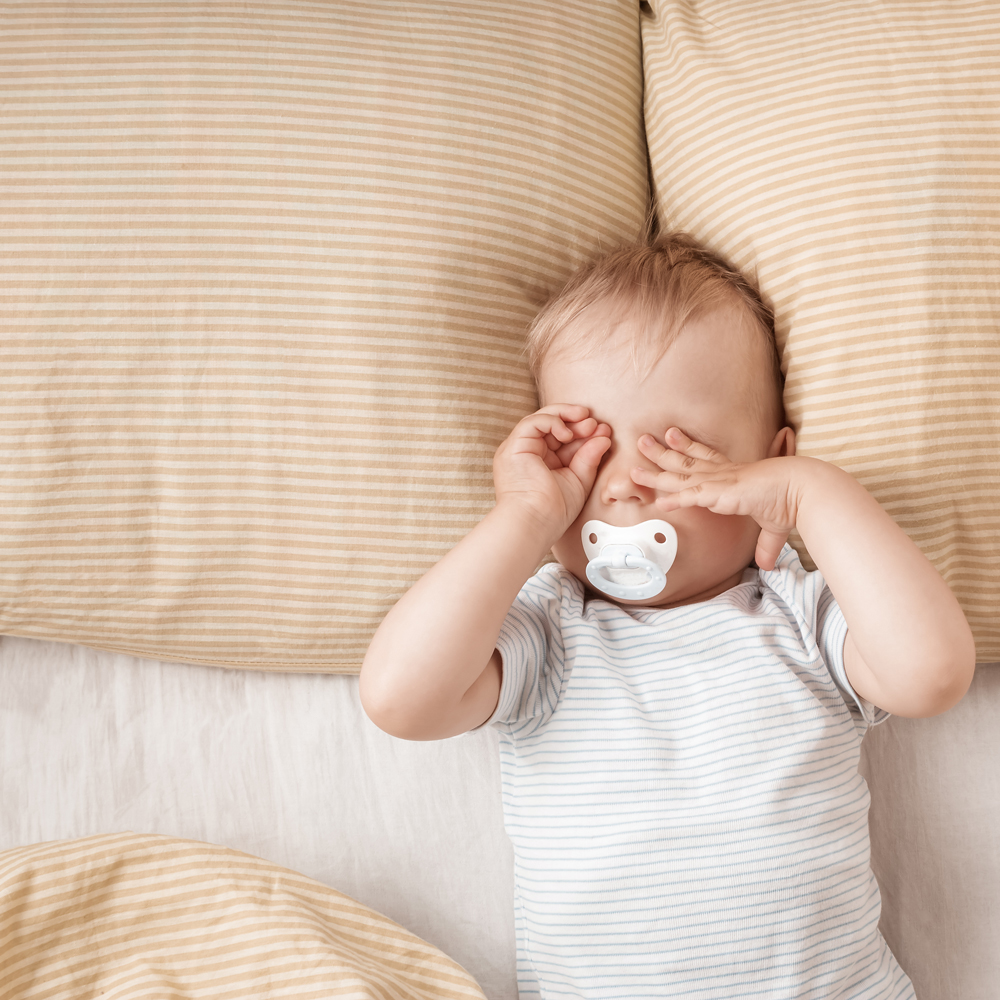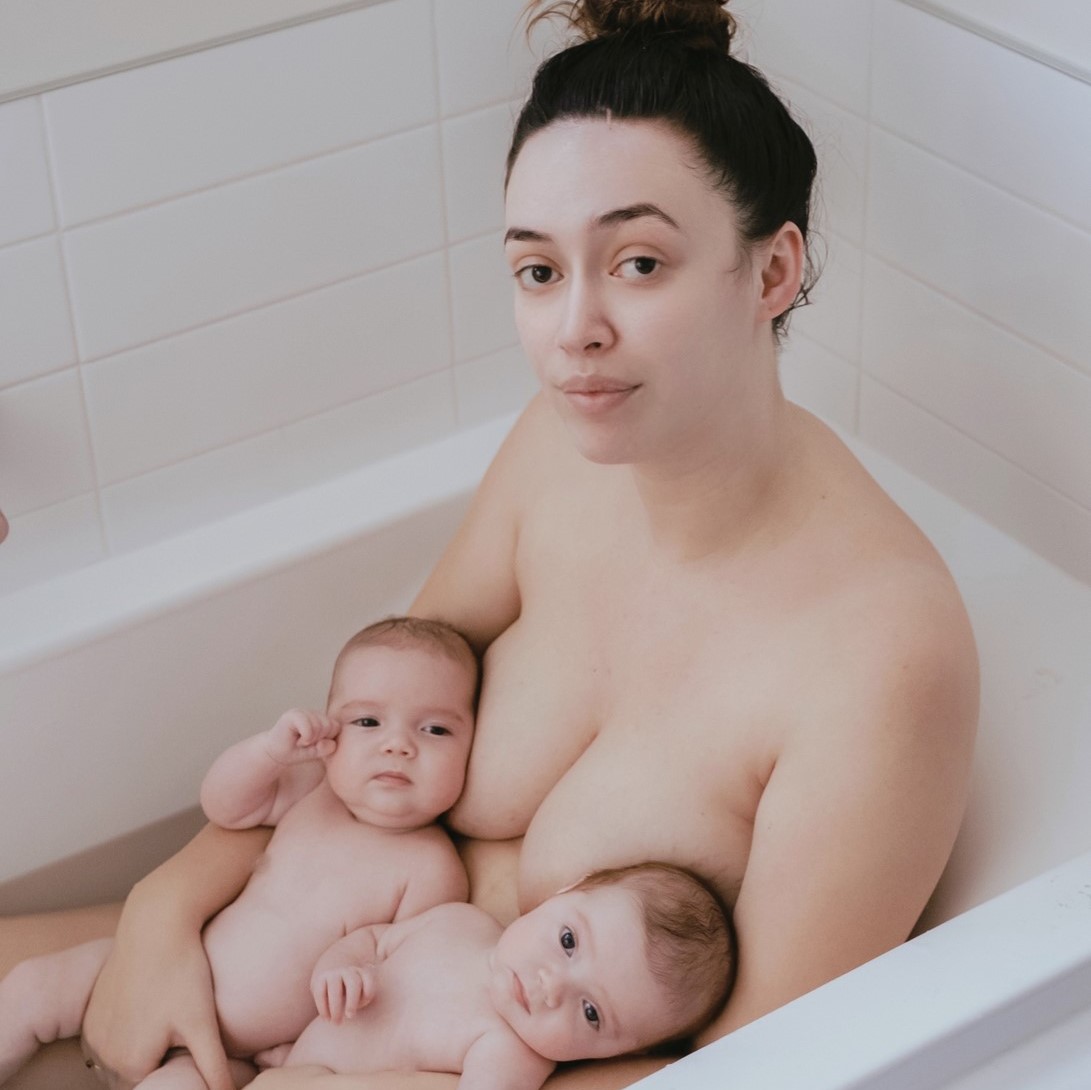Normal Infant Sleep: Six Months to One Year

PHOTOGRAPHY Kirsty Stone @thesearethegoldendays
What you can expect from your baby’s sleep from six months to one year. Remember, this is just a general guide. It’s important to know that every pēpi is different and there’s a wide range of what’s ‘normal’ when it comes to babies – especially in terms of sleep!
Your baby may start teething around six months which can also affect their sleep. Pamol Infant Drops are formulated especially to relieve pain for babies aged under 12 months.
WHAT’S NORMAL
There is lots going on developmentally for your baby right now: from 6-12 months, they start rolling over, learning to crawl, pulling up and even walking. All of these new skills require plenty of brainpower which can be disruptive to their sleep as they learn and grow. Your pēpi will also begin to discover that things exist even when they’re out of sight so, when you leave the room, they may develop some separation anxiety which is very common. They’re just upset that you’re not there with them and may require more comforting than usual to go to sleep.
By now, your baby may be settled into a more predictable routine with their day naps and at bedtime. Some babies might sleep through the night now and again, others might be doing so consistently, but most are not yet and that’s normal. If your pēpi is not sleeping right through from bedtime to morning yet, they may be doing longer stretches of up to six hours between wakes. However, this can also vary greatly between babies; it’s common for some babies to be waking three or more times during the night and still need feeds at these times.
DAY NAPS
At 6-12 months old, most babies get 14-15 hours of sleep over a 24 hour period. When your pēpi is around 6-8 months old, they may start showing signs of dropping their afternoon nap. You can keep offering this nap until they refuse it for five days or so. This stage of dropping a nap is a transition for your pēpi so they may need an earlier bedtime while they get used to going from three naps per day to two.



